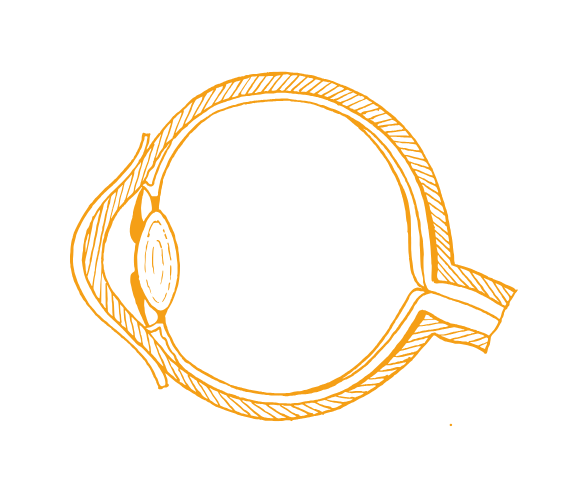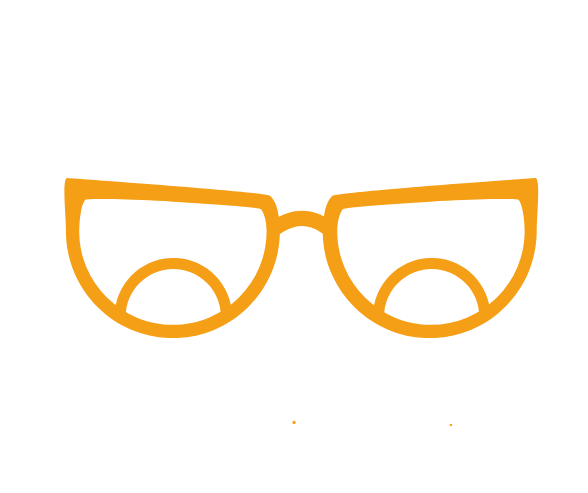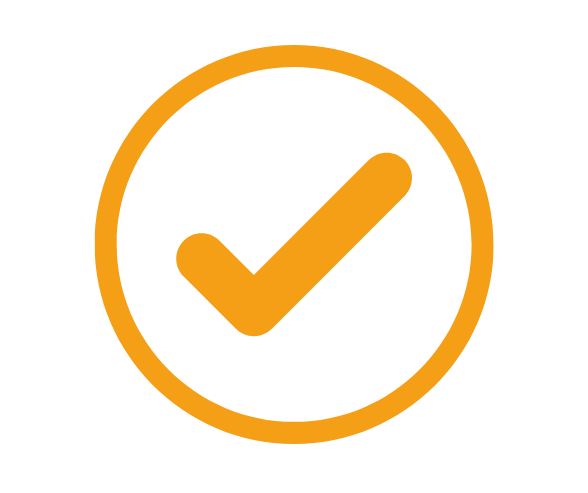Help ! I Need Glasses!
My eyesight was perfect until I turned 40!!
Routine eye care is important at every stage of life and never more so than in your 40’s . This is when people who previously experienced perfect vision, start to encounter blurring and eye strain when performing near vision tasks such as reading and computer work. This change to the vision is perfectly normal and is called presbyopia. It’s important if you notice problems to have an eye examination to confirm that your eyes are healthy and explore if spectacles may make your life easier.

Understanding vision after 40 - things are changing!
In our 40’s, many of us notice that reading small print becomes increasingly difficult. You might find yourself holding books or phones at arm’s length, struggling with menu text in dimly lit restaurants, or experiencing headaches when doing detailed close work. If this sounds familiar, you’re likely experiencing presbyopia – a natural part of the aging process that typically begins around age 40-45. Its nothing to be concerned about but you should have an eye examination to confirm that all is well and discuss how spectacle lenses may help going forward

What Is Happening to Your Eyes?
Inside your eye, a flexible lens changes shape to help you focus on objects at different distances. When you’re young, this lens is soft and pliable, easily adjusting its shape to maintain clear vision, whether looking at something close up or far away. However, as you age, this lens gradually becomes less flexible – like how a rubber band might become less stretchy over time.
This natural hardening of the lens makes it more difficult for your eyes to focus on close objects, resulting in:
- Blurred vision when reading
- The need to hold reading materials farther away
- Eye strain or headaches when doing close work
- Difficulty reading in low-light conditions
Becoming presbyopic happens to everybody and there is no way to avoid it! It is not caused by too much reading, cannot be slowed or halted by eye exercises, and is not made worse by getting glasses.
It is a completely normal, if rather irritating, feature of getting older!

Your Vision Correction Options
Frequently when starting to become presbyopic, vision in the distance remains good although some people may experience slight blurring or eye strain symptoms, especially when tired. There are several optical solutions to assist with near vision blur depending upon your visual and lifestyle requirements.

Prescription Reading Glasses
- Precise correction tailored to each eye
- Quality optics for clearer, more comfortable vision
- Half-eye or full-frame styles depending on your preference
Reading glasses are great for early presbyopia, where near vision assistance is only needed if the text is small or the lighting is poor. When looking at the distance in reading glasses, the vision is blurred, which means that where they are needed for most near-vision tasks, they can cause frustration because they must be frequently taken on and off.
Prescription reading glasses therefore work well in early presbyopia or for people who do little reading or computer work.

Bifocal Lenses
- The upper portion for distance vision
- The lower portion for near vision
- A visible line separates these two areas
Having two prescriptions on one lens allows people with presbyopia to see close up and far away with the same lens. Bifocals must be professionally fitted to ensure proper alignment and for some people, they are a good option. They are however, an old lens design with a poor cosmetic appearance, and most presbyopes these days are better served by a progressive lens (also called a varifocal)

Progressive Lenses
Progressive lenses (also called varifocals) offer the most natural vision correction once a person has become presbyopic. Progressive lenses offer:
- Seamless transition between distance, intermediate, and near vision
- Customisation to your specific prescription and frame choice
- No visible lines on the lens
- Correction for distance, intermediate, and near vision
Progressive lenses may take time to adapt to and require professional fitting and measurements essential for optimal performance. Not all progressive lens designs are the same. Progressive lenses have been available since the 1970s and lenses based on this technology are still available today. Compared to more modern lens designs, however, they offer only a small reading area, and vision through the edges of the lenses will be less clear than through the lens centre. Advances in lens design have led to the development of progressive lenses which, after a period of adaptation, give vision very similar to that experienced before the onset of presbyopia. These modern lenses cost more but as the quality of vision experienced in progressive lenses is hugely impacted by the lens design, it is always worth investing in the best varifocal lenses available.

Office/Computer Lenses
These specialised lenses are designed for people who spend significant time at a computer. Frequently, they may be worn as an additional task-based pair alongside regular progressive lenses or a long-distance prescription. Office/computer lenses
- Are optimized for intermediate and near distances
- Have a wider field of view for computer work
- Reduce digital eye strain
- Can be customized to your workspace requirements

Adapting to Your New Glasses
When you first start wearing any corrective lenses for presbyopia, there may be an adjustment period:
- Give yourself time to adapt to new visual perspectives
- Start by wearing your glasses during seated activities
- Keep your glasses clean and properly adjusted
- Regular eye exams will help monitor any prescription changes

Why Professional Eye Care Is Essential
A professional eye examination is crucial at this stage of life for several reasons:
- Accurate diagnosis of presbyopia and any other vision conditions
- Comprehensive eye health screening for conditions that become more common with age
- Expert assessment of your visual needs based on your lifestyle and occupation
- Professional advice on the most suitable vision correction options
- Early detection of eye diseases that may not have obvious symptoms
Many people mistake presbyopia for simply “aging eyes” and resort to over-the-counter reading glasses. However, self-prescribing vision correction can mask underlying eye health issues and may not provide the optimal solution for your specific visual needs.

Making an Appointment for an Examination
Don’t wait until vision problems interfere with your daily activities. Book an appointment for an enhanced eye examination if you:
- Notice changes in your near vision
- Experience eye strain or headaches
- Find yourself holding reading material further away
- Have not had an eye examination in the past two years
Our enhanced eye examination will accurately establish your prescription and detect any signs of ocular disease. We will then explain your vision correction options to help you maintain optimal eye health and ocular comfort through this natural life transition.

Your Eye Health Is Our Priority
Remember, while presbyopia is a normal part of aging, professional eye care is essential for ensuring accurate vision correction. maintaining eye health, early detection of any potential problems and expert guidance on the best vision solutions
Contact us today to schedule your enhanced eye examination. We are here to help you maintain clear, comfortable vision at all distances.

